Pagets Bone Disease: Causes, Symptoms, and Treatment
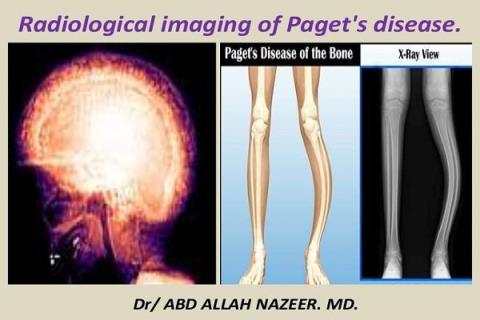
Paget's disease of bone is one of the unusual disorders of the bones. This is a bone disease that should not be taken lightly. If not diagnosed and treated promptly, the disease can cause very dangerous complications. So what is the cause of this disease? What are the symptoms and how is it treated? All will be answered through the following article.
content
- 1. Overview of Paget .'s Osteopathy
- 2. Causes of Paget .'s Bone Disease
- 3. Risk factors for Paget's disease of bone
- 4. Common Symptoms of Paget .'s Bone Disease
- 5. Complications of Paget .'s Bone Disease
- 6. When to see a doctor?
- 7. How is Paget's disease of bone diagnosed?
- 8. How is Paget's bone disease treated?
- 9. Recommended diet for people with Paget's disease of bone
- 10. Paget .'s Bone Disease Prevention
1. Overview of Paget .'s Osteopathy
1.1. Concept
Paget's disease of bone or Paget's disease of bone interferes with the body's normal bone remodeling process. In it, new bone tissue gradually replaces old bone tissue. Over time, the disease can cause the affected bones to become brittle and deformed. Paget's disease of the bones most commonly occurs in the pelvis, skull, spine, and legs.
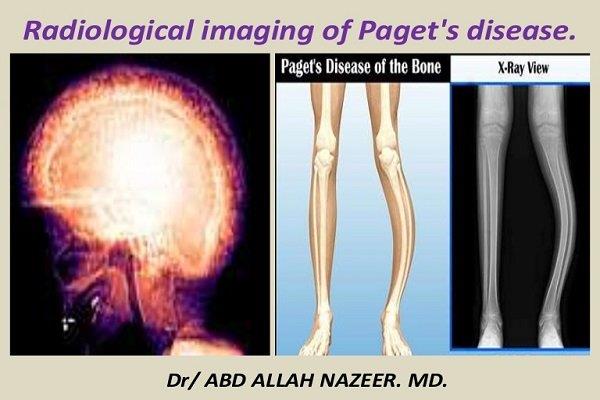
Paget's Bone Disease
The risk of Paget's disease of the bone increases with age. The risk is also increased if any family member has the condition. Complications of Paget's disease of the bone can include fractures, hearing loss, and pinched spinal nerves.
See also: Swollen knuckles: what you need to know
Bisphosphonates are medications commonly used to strengthen bones weakened by osteoporosis. It is also the mainstay of treatment for Paget's disease of the bone. For patients with complications, surgery may be the necessary treatment.
1.2. Paget .'s Bone Disease Facts
Paget's disease of the bone is an uncommon, chronic bone disorder. It occurs in only about one percent of people in the United States, with men having it twice as often as women (two to three times). It is also quite common in the UK, especially among older people. It is rare in people under the age of 50.

Men have a higher incidence of Paget's disease of bone than women
1.3. Mechanism of Paget's disease of bone
Normally, as people age, their bones are rebuilt at a slower rate than when they were younger. However, for people with Paget's disease of bone, the rebuilding of these involved bones happens at a faster rate.
Osteocytes regenerate in a similar way to skin – old bone is removed and replaced with new bone. This is called bone remodeling. Two types of cells are responsible for this:
- Osteoclasts: Also known as osteoclasts.
- Osteocytes are the cells that make new bone.
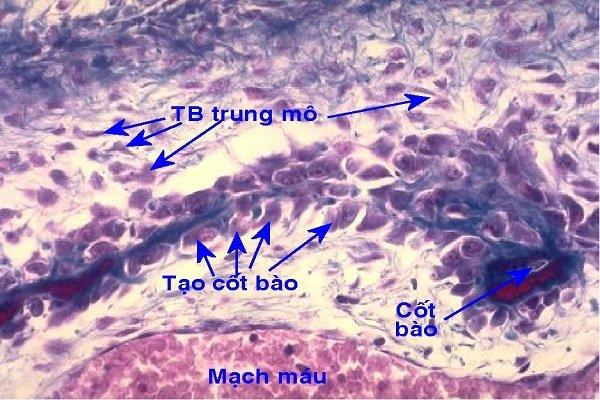
Create bone cells
In Paget's disease of bone, there's something wrong with the osteoclasts, and they start absorbing bone at a much faster rate than normal. As a result, the reconstructed bone has an abnormal structure. The bones involved in the disease can be tender, leading to weakness and bending. The pelvis, low back (spine), hips, thighs, skull, and arms may occur.
See also: Hip fracture: Causes, diagnosis and treatment
2. Causes of Paget .'s Bone Disease
The cause of Paget's disease of the bone is unknown. It seems, at least in part, to genetics, that perhaps the disease is triggered by exposure to the virus. The disease is rarely detected in people before they turn 40.

Europeans have a high incidence of the disease
The larger the number of people identified increases in each age group. Paget's disease of the bone occurs more commonly in European populations and their descendants. In 30% of cases, the incidence usually involves more than one family member.
3. Risk factors for Paget's disease of bone
Factors that may increase the risk of Paget's disease of the bone include:
- Age. People over the age of 40 are most likely to develop Paget's bone disease .
- Sex. Men are more often affected than women.
- National origin. Paget's disease of the bone is more common in England, Scotland, central Europe, and Greece. As well as countries where European immigrants settled. It is not common in Scandinavia and Asia.
- Family history. If you have a close relative with Paget's disease of the bones, you are more likely to develop the condition than others.
See more: Gout: No longer a disease of the rich!
4. Common Symptoms of Paget .'s Bone Disease
Paget's disease of the bone can affect 1 bone or several bones. Commonly affected areas include the pelvis, spine, and skull.
4.1 Common symptoms
- Constant dull bone pain.
- Joint pain, stiffness and swelling.
- A pain that travels along or throughout the body, numbness and tingling, or loss of motion in one part of the body.
- But in many cases there are no symptoms and the condition is only discovered during tests done for another reason.
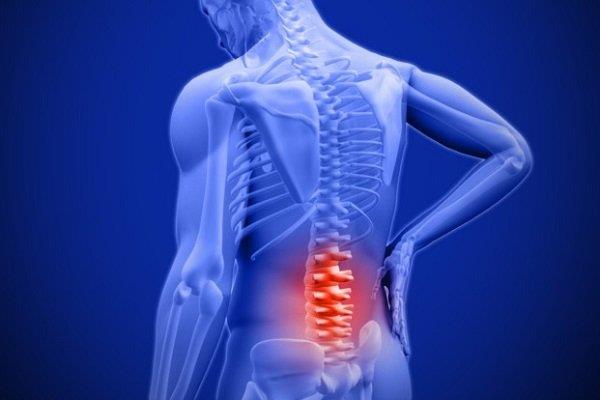
Joint pain
4.2 Paget's disease most commonly occurs in the following bones:
- Pelvic: Causes hip pain.
- Spine: Nerve roots can be compressed. This can cause pain, tingling, and numbness in the arms or legs.
- Skull: May cause hearing loss or headache.
- Femur: Causes pain, difficulty walking and movement in the thigh area. In some cases, it can affect the knee joint causing knee arthritis.
- The tibia, or shinbone: Weakens the leg. Legs may deform into a curved or bow-legged shape.
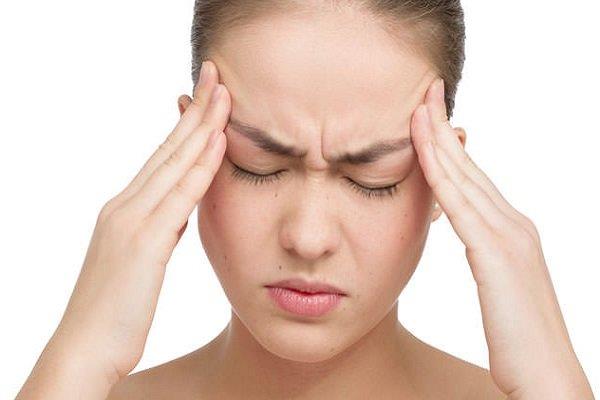
Headache due to affected skull bone
Many of the major nerves in the body run through or along the bones. As a result, abnormal bone growth can cause bones to compress, compress, or damage nerves, causing pain.
5. Complications of Paget .'s Bone Disease
In most cases, Paget's disease of the bone progresses slowly. The disease can be effectively controlled in most people. Possible complications include:
- Fractures and deformities. Affected bones are more likely to break. Extra blood vessels in these deformed bones cause them to bleed more during surgical repair. The leg bones can become arched, affecting the patient's ability to walk.
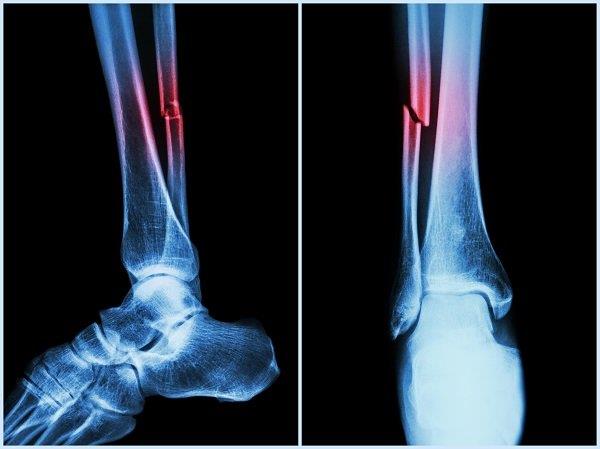
Fractures are a common complication
- Osteoarthritis. Displaced bones can put increased pressure on neighboring joints, possibly causing osteoarthritis.
- Nervous problems. In the case of Paget's bone disease, it occurs in the area where the nerve passes through the bone, such as the spine and skull. Bone overgrowth can compress and damage nerves. This can lead to pain, weakness, or tingling in the arms or legs, or hearing loss.
- Heart failure. Widespread Paget's disease of bone can force your heart to work harder to pump blood to the affected areas of your body. Sometimes, this increased workload can lead to heart failure.
- Bone cancer. Bone cancer occurs in about 1% of people with Paget's disease of the bones.
6. When to see a doctor?
See your doctor right away if you have any of the following signs or symptoms:
- Persistent bone or joint pain
- Deformity or deformity in any bone in the body.
- Nerve-related symptoms, such as numbness, tingling, or loss of mobility.
- The specialist can perform tests to check your bones and look for disorders that are associated with Paget's bone disease .
See also: Congenital myopathy: Causes, diagnosis and treatment
7. How is Paget's disease of bone diagnosed?
Paget's disease of the bones often causes disorders in the joints. It can be diagnosed and treated by a rheumatologist as well as by medical care practitioners who focus on bone disorders.
7.1. Blood tests
A simple blood test may be done to check the levels of a substance called alkaline phosphatase (ALP) in your blood. People with Paget's disease of the bone often have elevated ALP levels. Although some people with this condition have normal ALP levels. And high ALP levels can also be caused by a number of other conditions.
7.2. X-rays and bone scans
X-rays can show whether your bones are enlarged due to Paget's disease of the bones. Sometimes a bone scan called a bone scan may also be performed. The aim is to examine the extent to which this disease affects the whole body.
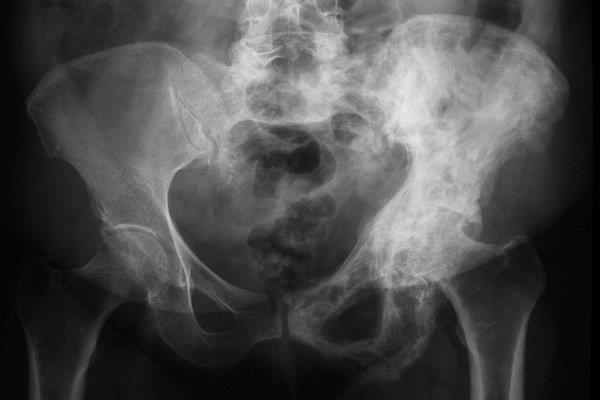
Bone X-ray
For this scan, a small amount of radioactive material is injected into the patient's bloodstream. It will collect in areas where a lot of bone renewal takes place. Then, a gamma camera is used to detect the radiation and highlight the affected parts of the body.
7.3. Additional tests
Further tests are usually only needed if you have signs of more severe Paget's disease of the bones or your doctor thinks you may have bone cancer (although this is rare).
- In these cases, you may be advised to have:
- Bone biopsy in case of suspected bone cancer.
- CT -Scan bone scan.
- An MRI scan to look at the affected bones.
8. How is Paget's bone disease treated ?
There is currently no cure for Paget's disease of the bone, but treatment can help relieve symptoms. If you don't have any symptoms, your doctor may recommend monitoring your condition. Also delay treatment until any problems occur.
The main treatments are:
- Bisphosphonate drugs. This is a drug that helps control bone regeneration.
- Analgesic. Usually over-the-counter pain relievers like Paracetamol and Ibuprofen.
- Supportive therapies. These include physical therapy, occupational therapy, and devices such as walking sticks or insoles.
- Surgery. This approach may be necessary if the disorder is progressive. Such as fracture, deformity or severe joint damage.
- Making sure the person is getting enough calcium and vitamin D can also help. These substances can be found in foods. However, some people may need additional medication.
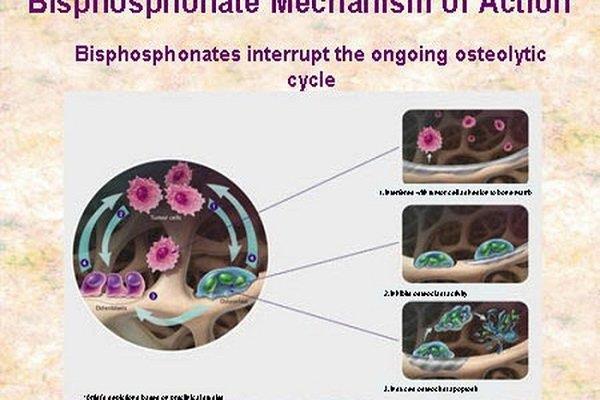
Bisphosphonate drugs
9. Recommended diet for people with Paget's disease of bone
Calcium and vitamin D help keep your bones healthy. If you have Paget's disease of the bones, it's important to make sure you're getting enough of these. You get calcium from your diet. It is found in foods such as:
- Dairy foods, such as milk and cheese.
- Green leafy vegetables, such as broccoli and cabbage.
- Soybean products.
- You get most of your vitamin D from sunlight, although it's also found in certain foods like oily fish.

Calcium rich foods
10. Paget .'s Bone Disease Prevention
Paget's disease of the bone is unavoidable for most people with this disorder. But exercise can help maintain bone health. Avoid weight gain to reduce pressure on joints and bones and maintain joint mobility.

Exercise helps maintain bone health
People with medical conditions should consult a specialist before starting any exercise program. Because putting extra pressure on the bone affected by Paget's disease can lead to injury.
In short, Paget's bone disease is a disorder in the process by which the body absorbs and regenerates bone. It can lead to deformity and weakness, increasing the risk of injury and fracture. The outlook for Paget's disease of the bone is good if a person is treated before developing deformities or weakness. However, there is currently no cure for this disease.
See also: Duchenne muscular dystrophy: dangerous hereditary muscular dystrophy
Doctor : Nguyen Lam Giang